I rarely talk about gear these days, but for once I’ve got something to write about. A couple of days ago, on an impulse triggered by a post on Kirk Tuck’s blog, I indulged myself in a bit of retail therapy in the shape of a Sigma 60mm DN f2.8 lens for micro FourThirds. This was greatly helped by the unbelievably low price, in Switzerland at least, of CHF 170. Bearing in mind that this is about a third of the price of the Olympus equivalent (which to be fair is a macro) and something like one fifth of the cost of an Olympus 75mm f/1.8, and taking into account the fabulous optics on my Sigma Merrill, it was hard to resist.
Olympus E-P3, ISO 200, f/2.8, 1/640
Apart from the 40-150 zoom, the longest lens I had for mFT was the Olympus 45 1.8, and I could certainly find some uses for a relatively fast, sharp 60mm. It could come in quite handy for stalking street photography,as well as landscape. So along with Kirk Tuck’s glowing praise, I had enough to convinced myself.
Like all of Sigma’s “Art” range for mFT, the 60mm comes in black and silver versions. I would have preferred the black, but it was back-ordered everywhere, and impulse buys demand instant gratification. So I went for the silver.
The package, especially for the price, should make Olympus hang their heads in shame. The lens comes in a robust box, complete with padded carry case, lens hood (hear that, Olympus?), and a cute Sigma Switzerland credit-card format warranty card giving not only 2 years guarantee but also a free yearly service and alignment check. For CHF 170. Ok, aesthetically the lens itself is going to be an acquired taste. It’s probably a little less challenging in black, but in silver the first visual impression is of a large tin can. Since it is also available for APS-sensored Sony NEX, it’s larger than it needs to be for mFT. The design is certainly, um, functional, but nevertheless solid, and with some really nice touches, for example the characters around the front of the barrel and left uncoloured, just etched into the black plastic, so as to avoid any chance of spurious reflection off a filter. The lens barrel itself, though, while very large for mFT, has a slippery finish and makes manual focussing harder than it needs to be.
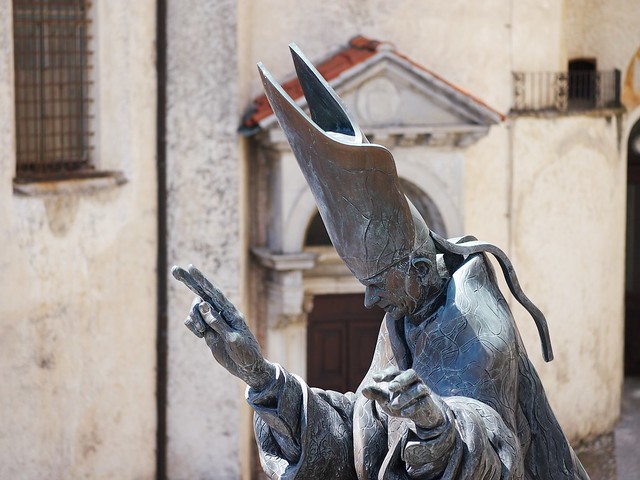
Olympus E-P3, ISO 200, f/2.8, 1/1000
When you pick up the lens you are rewarded with a muffled clunking sound. Being pre-warned about this, I wasn’t worried: the autofocus system apparently uses an electromagnet, and when there is no power to the lens, the assembly just moves around. A bit weird, but by design. And it doubles as audible check that the camera is switched on - give it a shake and if the lens goes “clunk!” the power is off! Once powered up, the autofocus seems good enough. I don’t measure this stuff, but subjectively it seems a touch slower than average. Oh, and the lens barrel scratches very, very easily. If keeping your gear pristine and ding-free is important to you, DO NOT buy this lens.
Olympus E-P3, ISO 200, f/3.5, 1/500
I’ve been going through a bad period of photographer’s block recently (or possibly much, much longer but I’ve only just noticed), so the photography here is illustrative at best. But hopefully it gives some idea of how this lens works.
It’s a portrait lens. So here’s my long-suffering portrait subject. Olympus E-P3, ISO 200, f/2.8, 1/1600
It does that bookey stuff too!!
Olympus E-P3, ISO 200, f/2.8, 1/800
From what I can see, it performs very well. There’s no sign of vignetting, even wide open, and the edges seem as sharp as the centre, also from f/2.8 onwards. It’s a fun lens to use.
Olympus E-P3, ISO 200, f/5.6, 1/800
And finally, a bit of pixel-peeping. Two 1:1 segments of the above photo:
The centre
The bottom right corner
And that’s quite enough gear reviewing for now. Far too much like hard work. In conclusion, I can hardly not recommend this lens. Even forgetting the quite unbelievable value for money, it delivers great results and is fun to use. It is a little on the large side on my Olympus E-P3, but less so than, for example, the Panasonic / Leica 25mm. A less slippery focussing ring would be nice, and as I said, if you’re allergic to scratches, steer clear. But if you like great quality optics for not very much money at all, you can’t go wrong with this lens, or indeed pretty much anything from Sigma these days.
All photos taken at the UNESCO-listed Monte Sacro di Varese, Lombardia, Italy. A stunning and remarkably little known location, well worth a visit.





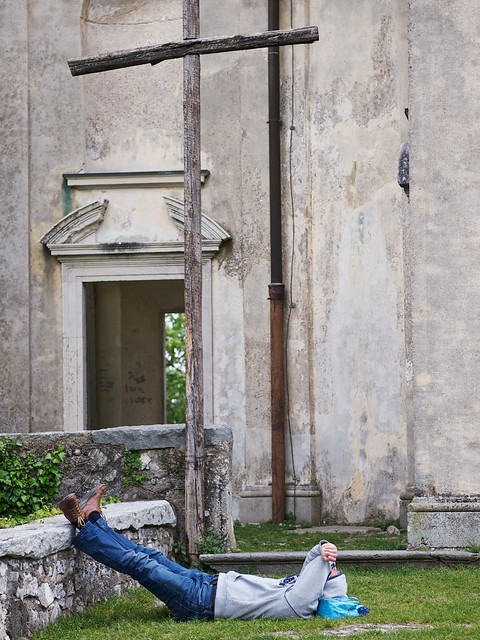

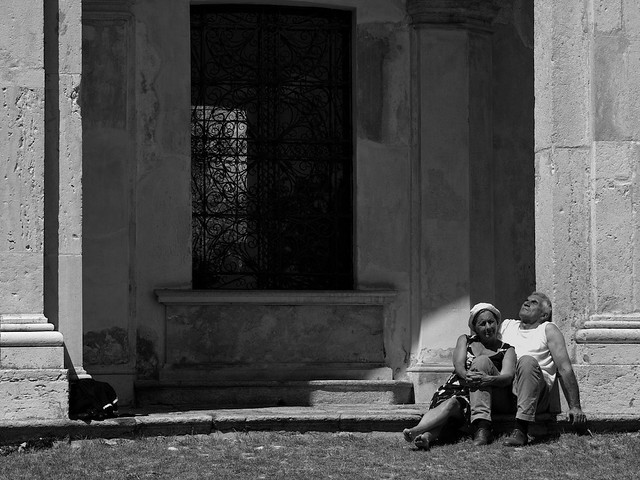

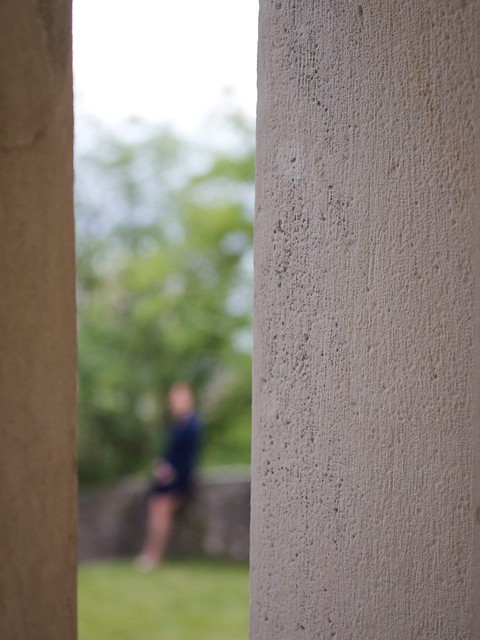
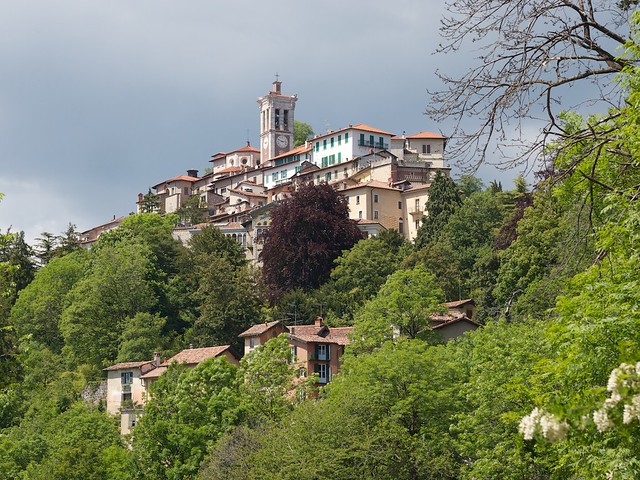
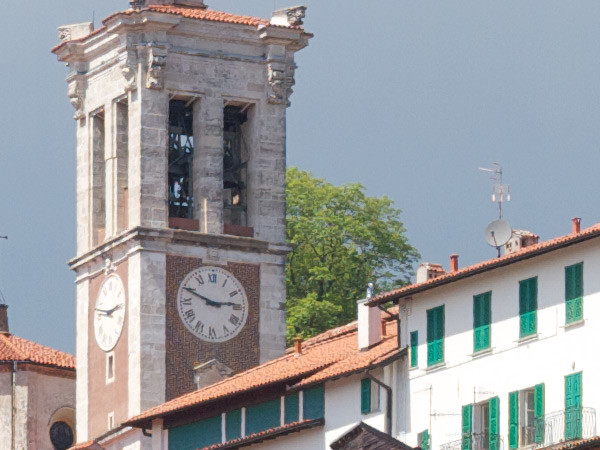

 SIGMA dp Quattro - SIGMA CORPORATION
SIGMA dp Quattro - SIGMA CORPORATION

